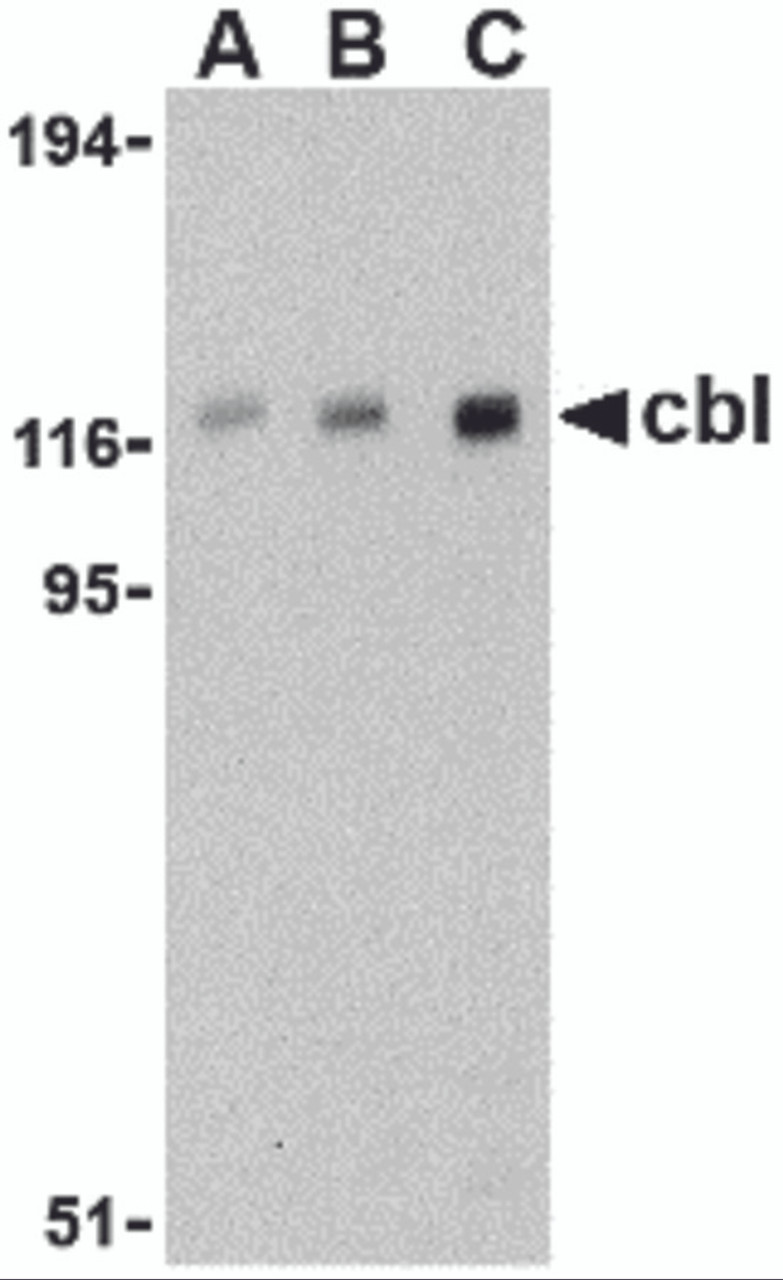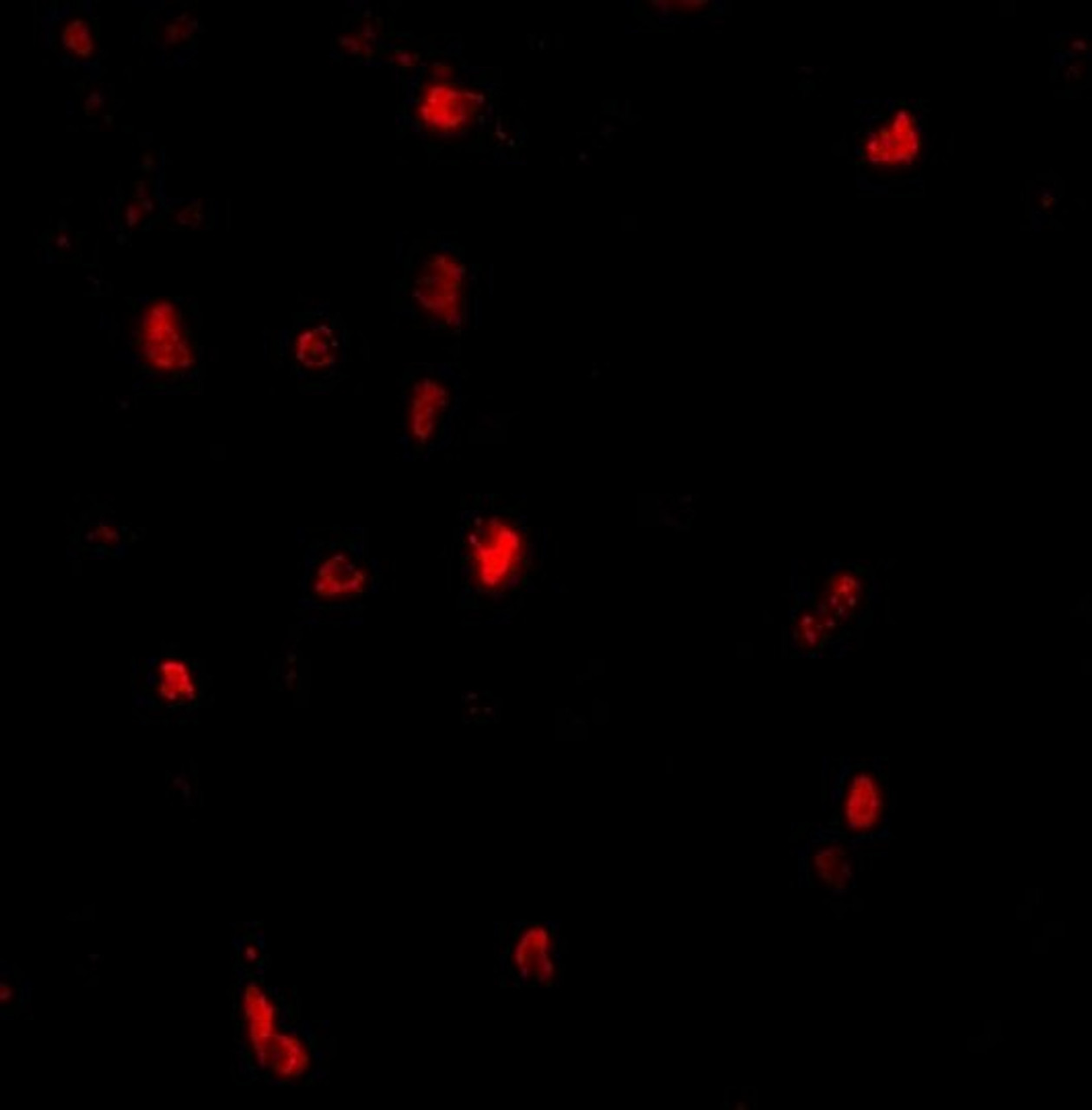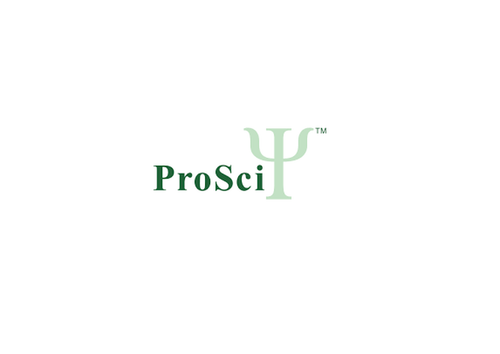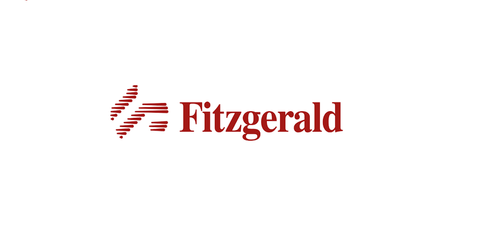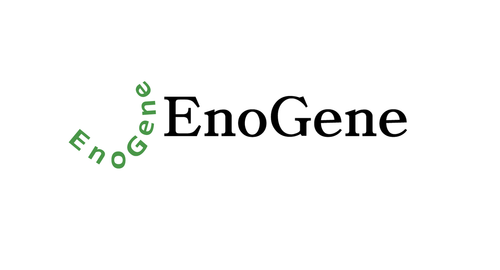Product Description
Cbl Antibody | 3967 | ProSci
Host: Rabbit
Reactivity: Human, Mouse, Rat
Homology: N/A
Immunogen: Cbl antibody was raised against a 14 amino acid synthetic peptide from near the carboxy terminus of human cbl.
The immunogen is located within amino acids 810 - 860 of Cbl.
Research Area: Signal Transduction, Cancer
Tested Application: E, WB, IF
Application: Cbl antibody can be used for detection of cbl by Western blot at 0.5 - 2 μg/mL. Antibody can also be used for immunoflourescence starting at 20 μg/mL.
Antibody validated: Western Blot in human samples and Immunofluorescence in human samples. All other applications and species not yet tested.
Specificiy: N/A
Positive Control 1: Cat. No. 1224 - Daudi Cell Lysate
Positive Control 2: Cat. No. 1369 - Human Lymph node Tissue Lysate
Positive Control 3: Cat. No. 11-521 - Human Lymphoid Tissue Tissue Slide
Positive Control 4: N/A
Positive Control 5: N/A
Positive Control 6: N/A
Molecular Weight: N/A
Validation: N/A
Isoform: N/A
Purification: Cbl Antibody is affinity chromatography purified via peptide column.
Clonality: Polyclonal
Clone: N/A
Isotype: IgG
Conjugate: Unconjugated
Physical State: Liquid
Buffer: Cbl Antibody is supplied in PBS containing 0.02% sodium azide.
Concentration: 1 mg/mL
Storage Condition: Cbl antibody can be stored at 4˚C for three months and -20˚C, stable for up to one year. As with all antibodies care should be taken to avoid repeated freeze thaw cycles. Antibodies should not be exposed to prolonged high temperatures.
Alternate Name: Cbl Antibody: CBL2, NSLL, C-CBL, RNF55, FRA11B, CBL2, E3 ubiquitin-protein ligase CBL, Casitas B-lineage lymphoma proto-oncogene
User Note: Optimal dilutions for each application to be determined by the researcher.
BACKGROUND: Cbl Antibody: The mammalian cbl family of ubiquitin ligases consists of three homologs known as cbl (also known as c-Cbl) , Cbl-B, and Cbl-3 which share highly conserved a tyrosine-kinase-binding domain, linker and RING finger domain in their amino-terminal halves. Similar to other E3 ubiquitin ligases, Cbl catalyzes the transfer of ubiquitin from an E2 or Ubc (ubiquitin-conjugating) enzyme to the e-amino group of a lysine residue of the substrate protein. Cbl acts to negatively regulate many types of cell-surface receptors, including the Syk protein tyrosine kinase family. Cbl is thought to be involved in T- and B-cell signaling, in addition to thymus development. Of the three known homologs in the cbl family, cbl antibody reacts specifically with cbl. Multiple isoforms of cbl have been reported.
 Euro
Euro
 USD
USD
 British Pound
British Pound
 NULL
NULL


